slap bass
[English]
A performance practice most commonly found with the double bass and is a form of pizzicato. The performer will typically pluck the string away from the fingerboard with sufficient force to cause the string to "slap" the fingerboard, producing the desired pitch and a distinctive slapping sound. Those skilled in this technique can perform several slaps in between notes of the bass line. This slapping sound provides a more discernible rhythm than the plucking of the strings alone. This sound is capable of cutting through the sound of the band much better than the normal plucking of the strings.
This technique has been used in folk music traditions around the world. In the United States, string bands of the south used this technique starting sometime after the turn of the the twentieth century. In the early 20th century before electronic amplification was available to most musicians performing popular music, the double bass was typically the softest instrument in a band. Throughout the 1920s and 1930s, the slap bass style of playing a double bass became popular to allow the sound of the double bass to be heard. This style is heard on many recordings of the period because of the additional volume and also due to the fact that the recording equipment of that time did not do a very good job of capturing low frequencies. This technique became popular with the development of Bluegrass music in the mid-1940s.
The slap bass style has been used in traditional jazz, swing, polka, bluegrass, Rock n' Roll, rockabilly, and psychobilly music. Performers in the 1950's began to incorporate the slap bass technique with unique showmanship. They would often spin the double bass around and occasionally, performers would climb onto the double bass while performing. The slap bass style also was the basis for the "slap and pop" technique for the electric bass in the 1970's. Performers would us the thumb of the plucking hand to strike the string, making a slapping sound but still allowing the pitch to sound followed by using the index or middle finger of the plucking hand to pluck the string hard enough so it hits the fingerboard, achieving the pop.
In Europe, a variant of this is known as the snap pizzicato (snap pizza) or the Bartók pizz. It is a directive instructing the performer to pluck the string of the instrument hard enough to snap back against the fingerboard and create a percussive sound.
See Also
[English] snap pizzicato[English] snap pizz
[French] contrebasse jouée sans archet (f)
[German] Schlagbass (m)
[Italian] Bartók pizz
[Italian] contrabbasso a pizzico (m)
Share
Tweet
Last Updated: 2016-06-15 20:14:33

